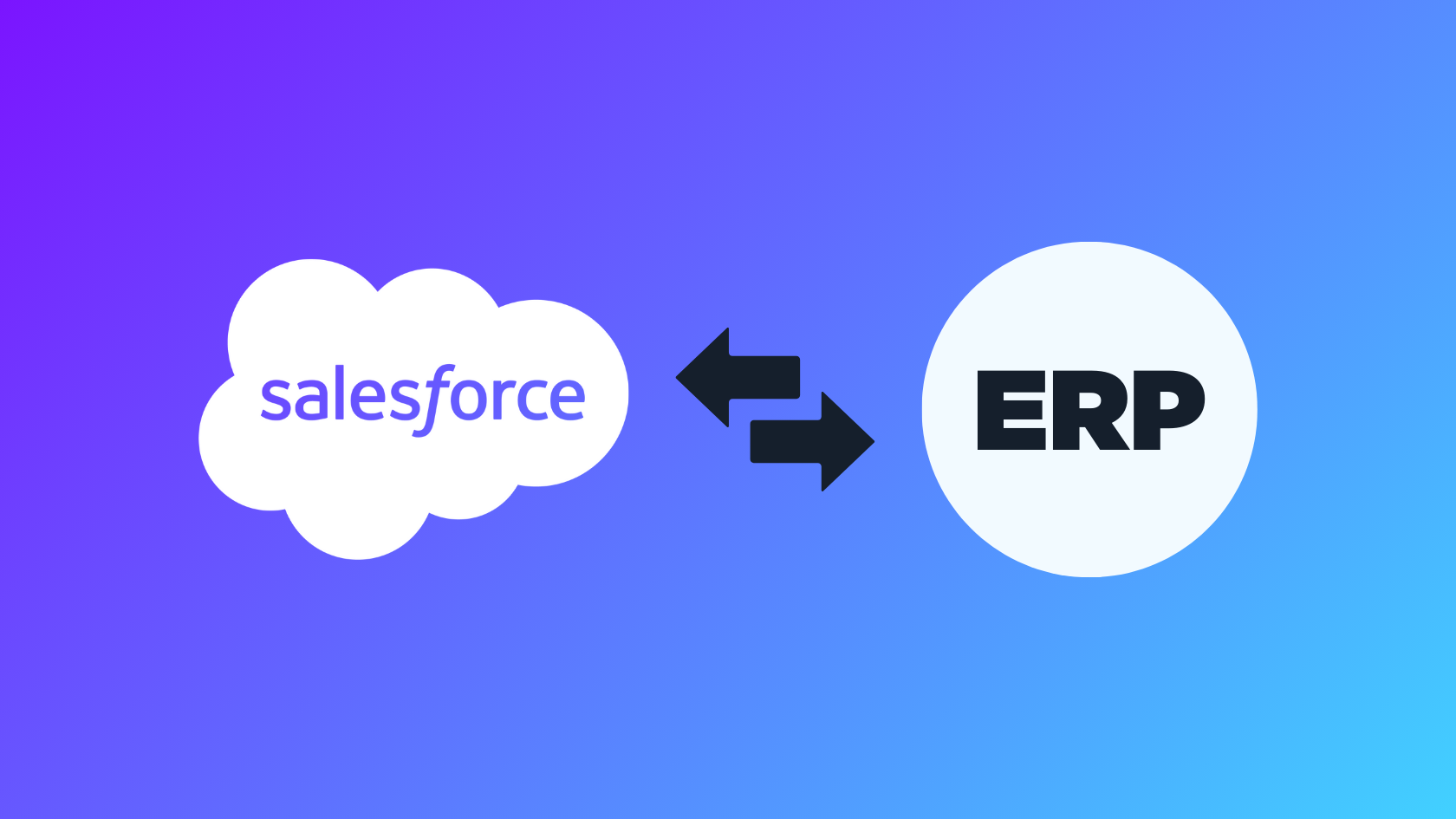
A Complete Guide to Integrating Salesforce with ERP Systems
In today’s interconnected business environment, integrating Salesforce with your Enterprise Resource Planning (ERP) system can provide significant operational efficiencies and strategic advantages. By bridging these two powerful platforms, businesses can achieve a unified view of their operations, enhance data accuracy, and streamline processes. This guide will walk you through the key considerations and steps for successfully integrating Salesforce with ERP systems.
Why Integrate Salesforce with ERP?
Integrating Salesforce with your ERP system enables seamless data flow between sales, customer service, and back-office operations. This integration offers several key benefits:
Enhanced Data Accuracy: Reduces data duplication and inconsistencies by ensuring that all departments work with the same data set.
Improved Efficiency: Automates data transfer, reducing manual entry and the potential for errors.
Better Decision Making: Provides a comprehensive view of business operations, enabling more informed and strategic decisions.
Enhanced Customer Experience: Ensures that customer-facing teams have access to the latest information, improving service and satisfaction.
Key Considerations for Integration
Before starting the integration process, it’s essential to consider the following factors to ensure a smooth and successful implementation:
1. Define Objectives and Requirements
Clearly define what you aim to achieve with the integration. Identify specific use cases, such as automating order processing or providing real-time inventory updates to sales teams. Understanding your goals will help in selecting the right integration approach and tools.
2. Evaluate Compatibility
Assess the compatibility of your Salesforce and ERP systems. Check whether your ERP system supports APIs (Application Programming Interfaces) that facilitate integration. Most modern ERP systems like SAP, Oracle, and Microsoft Dynamics offer robust API support.
3. Choose the Right Integration Tools
Several tools and platforms can facilitate Salesforce-ERP integration. These include middleware solutions like MuleSoft (a Salesforce company), Boomi, and Informatica. Evaluate these tools based on your specific requirements, ease of use, and scalability.
4. Data Mapping and Transformation
Identify how data fields in Salesforce correspond to those in your ERP system. This process, known as data mapping, is crucial for ensuring that information flows correctly between the two systems. Data transformation rules may be needed to align data formats.
5. Security and Compliance
Ensure that the integration maintains data security and complies with relevant regulations. Implement robust authentication mechanisms, data encryption, and access controls to protect sensitive information.
![]() Don't forget to check out: Sender Authentication Package (SAP) in Marketing Cloud: How to Use It to Improve Brand Awareness
Don't forget to check out: Sender Authentication Package (SAP) in Marketing Cloud: How to Use It to Improve Brand Awareness
Steps for Integration
Once you’ve planned and prepared for the integration, follow these steps to connect Salesforce with your ERP system:
1. Planning and Design
Start with a detailed plan outlining the integration architecture, including data flow diagrams and technical specifications. Engage stakeholders from both IT and business departments to ensure alignment with business goals.
2. Setup and Configuration
Configure your Salesforce and ERP systems for integration. This involves setting up APIs, configuring middleware tools, and preparing both systems for data exchange.
3. Data Mapping and Testing
Map the data fields between Salesforce and the ERP system. Conduct thorough testing to ensure data flows accurately and securely. Testing should cover various scenarios, including normal operations and potential error conditions.
4. Deployment and Monitoring
Deploy the integration in a controlled environment before rolling it out fully. Monitor the integration closely to ensure it operates smoothly. Use monitoring tools to track data flow and performance, quickly addressing any issues that arise.
5. Training and Support
Provide training for users to help them understand the new integrated workflows. Establish a support system to assist users with any issues and ensure continuous improvement of the integration process.
![]() Check out another amazing blog here by Aleksandar: How Salesforce Integration with Marketing Automation Tools Can Boost Your Business?
Check out another amazing blog here by Aleksandar: How Salesforce Integration with Marketing Automation Tools Can Boost Your Business?
Integrating Salesforce with your ERP system can transform your business operations, providing a unified view of data, improving efficiency, and enhancing customer experiences. By carefully planning and executing the integration, and leveraging the right tools and techniques, businesses can unlock significant value from their Salesforce and ERP investments.
Ready to integrate Salesforce with your ERP system and drive your business forward? Contact us today to learn how our expert team can support you in achieving seamless integration.




Responses